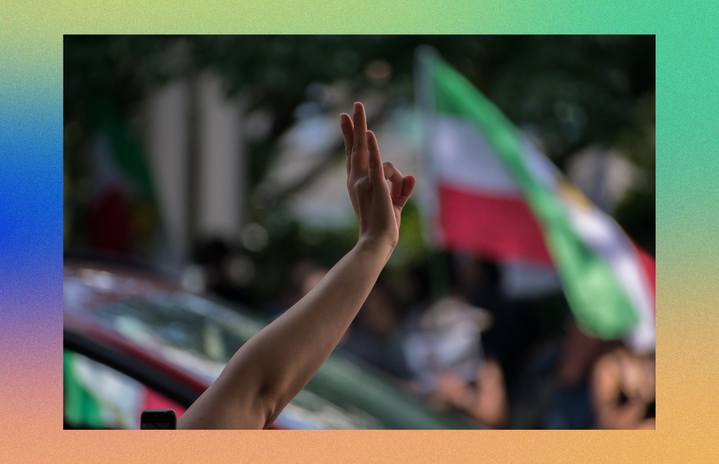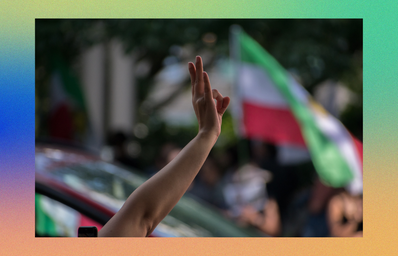After Iranian president Ebrahim Raisi signed a decree in August to punish violators of the hijab and chastity law, women around the country have been severely punished or fined for not fully covering their hair in public. One such woman was Mahsa Amini, a 22-year-old Kurdish woman living in Tehran. Morality police, police that primarily enforce laws about Islamic dress, arrested Amini for having too much hair peeking out of her hijab and beat her into a coma in the back of a police van. Three days after her arrest, on September 16th, she died in the hospital. Following her death, protests broke out in Iran and spread across the world. Because of Amini’s Kurdish identity and the nature of Iranian and Kurdish relations, women’s rights and Kurdish rights protests have begun to intertwine and transcend gender, ethnic and socioeconomic lines in the collective fight for equal rights.
Women’s rights protestors around the world can be heard chanting and waving signs saying “Women, life, freedom” or “Jin, jiyan, azadi” which comes from Kurdish rights protests in Northern Iran. The co-founder of the Kurdish worker’s party Abdullah Ocalan inspired the slogan saying: “a country can’t be free unless all women are free.” The slogan gained popularity among Kurdish crowds in the International Women’s March in Turkey in 2006. Kurds face persecution in the countries they live in and in Iran are barred from many basic rights. For example, Amini couldn’t legally register in Iran under her Kurdish name, Jina.
The current protests in Iran are unique in that women are driving the revolution. The protests have been compared to Parisian female market workers who stormed Versailles trying to prevent a revolution, but Iranian women are starting the revolution. In the historically conservative country, young women and girls are taking strong, public stances against the government controlling their manner of dress. Videos and pictures of women tearing up, stomping on pictures of the current leaders and taking off their headscarves can be seen circulating on the internet. These powerful actions follow the violence against Amini and other protestors.
Women are also showing their stance against the government’s modesty laws by cutting off their hair and posting it to social media. This practice can also be seen in Kurdish rights protests where women would cut off their hair to express grief, and now, Kurdish and other Iranian women are using it as a symbol against government control.
The Iranian government is now blaming Kurdish communities for the unrest caused by women’s rights protests, reflective of the years of discrimination towards the Sunni Muslims in the Shia-majority country. The Iranian military fired missiles and drones at the Kurdish-majority region killing over a dozen people. Speaking on the matter, one security official said: “The Kurdish opposition groups are using Amini’s case as an excuse to reach their decades-long goal of separating Kurdistan from Iran.”
Many other young women calling for justice have been killed for speaking out including Nika Shakarami, who was found dead after being chased by security forces and Sarina Esmailzadeh, a sixteen-year-old who was reportedly beaten to death in a rally in Karaj. Women are continually being killed for speaking out against a controlling regime yet persevere to become braver and stronger than before.
As protests calling for equal treatment amongst genders continue, there is hope that the message for equal treatment amongst ethnic and religious groups can be heard alongside it. The key, as seen over decades of protest, is women coming together to fight for what they believe in.


